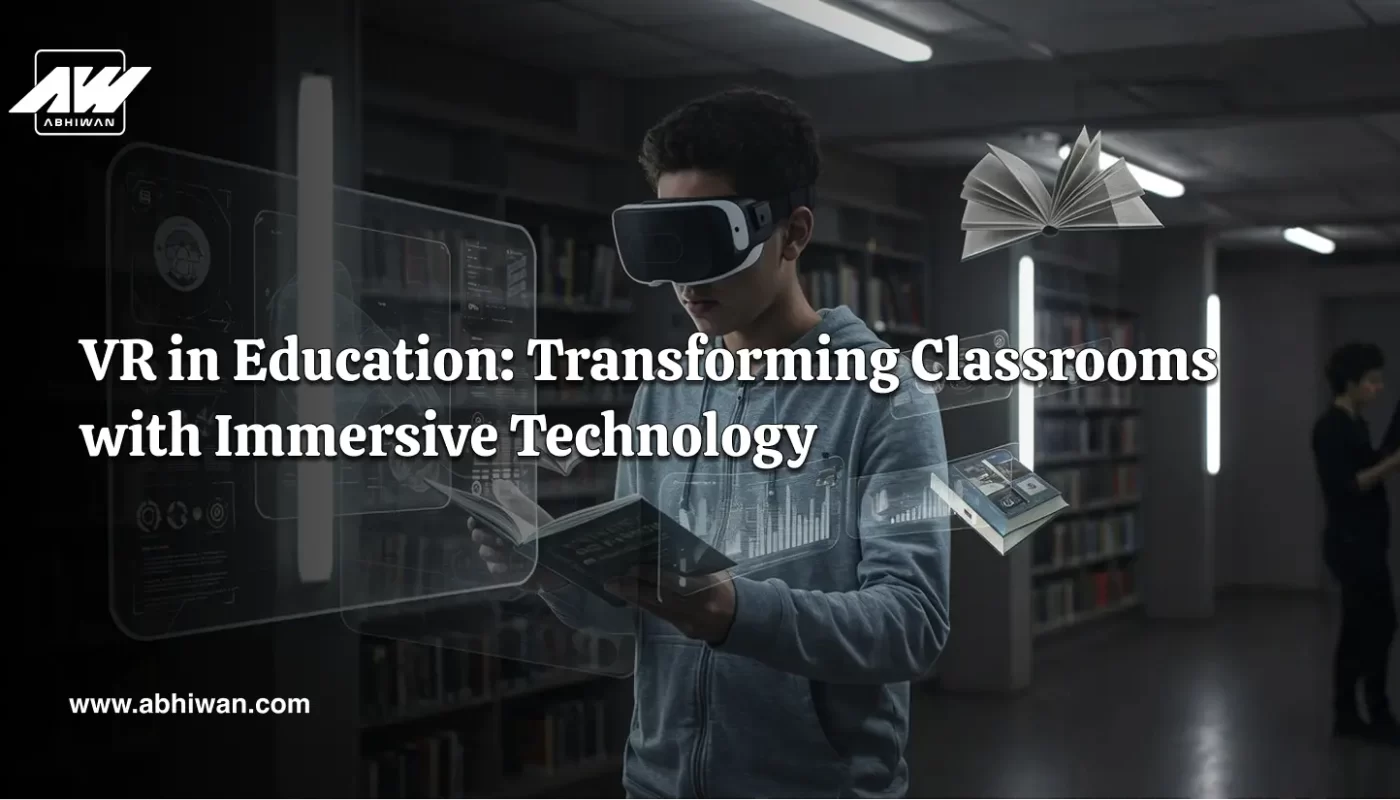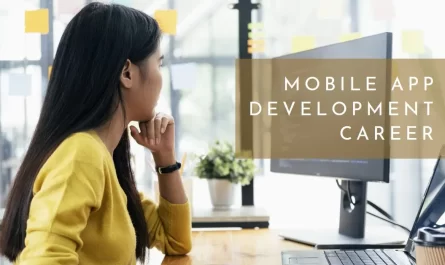Most people have heard the name of VR, but somehow don’t know about VR or how it is used. An increasing number of platforms are adapting the technology of Virtual reality in education. VR is reshaping the future of education and its platforms to enhance learning, engagement, and procurement. With the advancement, VR has taken place into classrooms from gaming and entertainment. VR relates to interactive content with 360-degree exploration.
The Rise of Virtual Reality in Education
In recent years, VR has gained adhesive traction in education globally. From elementary school to universities, VR is used for dynamic and interactive learning. The tech goliaths like Google, Microsoft, and Meta have developed solutions that are education-based. Virtual reality in online education provides an unforgettable and immersive experience in the classroom.
VR Education in India
India is certifying a growing adoption of virtual reality in education. Ed-Tech companies like BYJU’S are providing VR-based solutions. The initiatives of the governments, like NEP and Digital India, are also promoting immersive VR technologies. Numerous universities and schools are analysing the VR labs to increase STEM education and vocational training. VR education in India faces some challenges, such as tutorship, affordability, and infrastructure limitations. Virtual reality in online education is breaking geographical barriers, immersive classroom experiences, and adapting to new learning styles in India.
Benefits of VR in online education
Virtual reality in education can help students in interactive classes. The benefits that students have with the help of using VR in education.
Enhanced Engagement and Motivation
Students can struggle with traditional learning methods that are used from past eras. VR provides an engaging and immersive environment. Learners quickly capture from this environment. Challenges, rewards, and engaging simulation elements of gamification make learning interactive and engaging, and enjoyable.
Experiential Learning
VR enables students to experience learning about historical events, explore the human body, or travel through space. This VR approach provides a deep study for learners to improve their understanding, attainment, and test scores up to 20%.
Boosting knowledge retention
Virtual reality is fully engaging students and focusing their senses on the teaching topics. With the help of VR in education, learners set a clear mindset and adapt the knowledge easily. They improve the knowledge up to 70% with these VR learning methods.
Safe and Controlled Learning
Medical training, chemistry experiments, and many other studies require a practical assessment. Virtual reality in online education provides a risk-free space where learners learn things and practice them without risk. After the learning, they implement it in the real world..
Inclusivity and Special Education
Normally, people talk about VR, the question arises that How is VR used in special education? VR is particularly very helpful for students with disabilities. VR helps the student with autism develop social and communication skills. VR is transforming special education by being inclusive, with immersive experiences. It is customizable for different abilities, real-life skills, and boosting engagement.
Personalized learning
Virtual reality can provide for learning styles according to their needs, offering experiences that allow students to progress. It can be useful for students with special educational needs, providing an adaptive learning space.
Challenges and Limitations of VR in Education
VR faces many challenges in the education industry. The challenges are given below:
High costs and accessibility
VR has made education easy, but many people cannot afford VR headsets. VR headsets are very expensive and difficult for underfunded universities and schools. Maintaining and upgrading VR technology requires financial investments. Affordability is a big challenge for VR education in India. Government schools and rural areas can not afford it. The rural areas have a simple infrastructure where digitalization is developing.
Technical issues
VR requires high-performance and stable internet connections. These are not available on all education platforms. Rural areas and their institutions lack internet connections, technical issues to support VR learning effectively.
Health and safety concerns
The increase of VR, motion sickness, eye strain, and dizziness are common health aspects that impact your health. Schools and Universities must ensure responsible usage and promote health.
Content Limitations
While Virtual reality is a growing content, it remains limited in some subjects. Developing excellent VR content requires time, advancement, and resources. VR content is not available in regional languages. It is limited to only English-speaking regions.
Space restrictions
VR needs a physical space where students can move around safely. In low-space classrooms with limited space, this can be challenging. Without any supervision, students may injure themselves while using VR, especially in immersive experiences that require movement.
Teacher training and adaptations
Education experts adapt new techniques and learn about VR and its tools. Many teachers may need to learn about the VR education tools. Government and private edtech companies are working on it to give training to the educators.
Why is VR good for learning
VR in education is perfect for learning. The technology offers eccentric and immersive experiences that grow engagement. VR creates an immersive learning space to interact with the content.VR has the potential to create life-changing learning. Overall, VR provides a dynamic, engaging, and effective way for learning by combining interactive experiences. Here are some key points that give you reasons VR technology is good for learning and learners.
- Captivating experiences
- Active learnings
- Experiential learnings
- Real-world simulations
- Enhanced engagement and motivation
- Safe learning environment
- Breakdown geographical barriers.
Conclusion
In conclusion, by making learning more engaging, interactive, and fun, VR in education transforms the learning. It allows students to experience things in a hands-on way that they can’t in a traditional classroom. VR also helps disabled students by offering customized learning experiences. VR tools are making education enjoyable, engaging, and practical. VR becomes an essential part of the learning space and reaches to future generation of students. Chalkboards, textbooks, pencils, and papers are replaced with the new VR technology.



